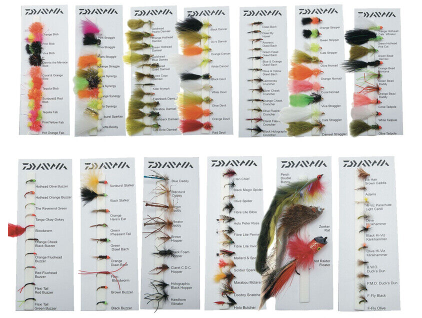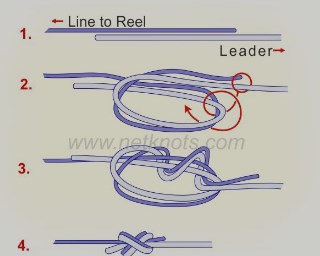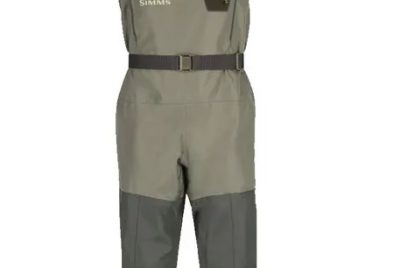Types of Fly Fishing Flies
Introduction
Fly fishing flies, those tiny, intricate creations that mimic insects, are the heart of fly fishing. As an enthusiast and advisor, I’ll guide you through the diverse world of fly patterns, helping you understand the significance of choosing the right fly for a successful angling experience.
Understanding Fly Categories
Dry Flies
These float on the water’s surface and imitate adult insects. Ideal for when fish are feeding at the top.
Wet Flies
Designed to sink below the surface, wet flies simulate emerging insects or underwater prey. Effective in various water conditions.
Nymphs
Mimicking aquatic insect larvae, nymphs are crucial for sub-surface fishing. They’re a staple in every angler’s fly box.
Streamers
Large, colourful, and designed to imitate baitfish, streamers attract aggressive fish, making them essential for targeting big predators.
Choosing the Right Fly for the Situation
Matching the Hatch
Observing the insects around helps you choose a fly that closely resembles what the fish are feeding on.
Consideration of Water Conditions
Different water conditions call for specific flies. Adjust your selection based on clarity, speed, and depth.
Seasonal Preferences
Seasonal changes impact insect activity. Adapting your fly choice to the season increases success.
Essential Dry Flies for All Anglers
Adams
A versatile pattern imitating a variety of insects. A must-have in your dry fly arsenal.
Elk Hair Caddis
Perfect for imitating caddisflies, this buoyant fly is effective in fast-moving water.
Royal Wulff
A high-visibility attractor pattern that works well in a variety of situations.
Effective Wet Flies in Various Scenarios
Soft Hackles
Versatile wet flies that mimic emerging insects. Fish them with a swing for optimal results.
Woolly Buggers
A go-to pattern for enticing aggressive fish. Effective in both still and moving waters.
Pheasant Tail Nymph
An effective nymph pattern that imitates various aquatic insects. A staple in nymph fishing.
Nymph Fishing Techniques and Favourite Patterns
Importance of Nymphs in the Fly Box
Nymphs represent the underwater stage of insects and are a crucial food source for fish.
Go-To Nymph Patterns
Explore nymph patterns like Hare’s Ear and Copper John for consistent success.
Streamers: Luring in Big Fish
Streamer Fishing Tactics
Retrieve streamers with varied techniques to imitate fleeing prey, triggering predatory instincts.
Successful Streamer Patterns
Patterns like Woolly Sculpin and Clouser Minnows are effective in enticing trophy fish.
DIY Fly Tying: Crafting Your Own Creations
Basics of Fly Tying
Discover the art of crafting your flies. It’s a rewarding skill that enhances your connection to the sport.
Must-Have Materials for Beginners
Start with essential materials like hooks, threads, and feathers. Experiment and develop your unique patterns.
Matching the Hatch: A Skill Every Fly Angler Should Master
Observing Insect Activity
Become a keen observer of insect hatches. Timing your fly selection with the natural hatch increases success.
Adjusting Flies Based on Hatch Patterns
Adapt your approach by switching to flies that match the current insect hatch for better results.
Consideration of Water Conditions: Tailoring Your Approach
Slow vs. Fast Water Preferences
Certain flies excel in slower water, while others are more effective in faster currents. Tailor your approach accordingly.
Clear vs. Murky Water Fly Choices
Water clarity influences fish visibility. Choose brightly coloured flies in murky water and more natural tones in clear conditions.
Seasonal Fly Preferences: Adapting to Nature’s Rhythms
Spring Favourites
Explore patterns like Blue Winged Olives and Adams during spring hatches.
Summer Go-To Flies
Caddisflies and terrestrial patterns like Ants and Beetles shine in the summer months.
Fall and Winter Considerations
Transition to streamers and midge patterns in the colder months when fish activity slows.
The Versatility of Multi-Purpose Flies
Flies That Excel in Various Situations
Certain patterns, like the Parachute Adams, are effective across seasons and conditions.
Building a Well-Rounded Fly Box
A well-curated fly box includes a mix of dry flies, nymphs, and streamers to cover all scenarios.
Caring for Your Flies: Tips for Longevity
Proper Storage
Keep your flies dry and well-organized in fly boxes to prevent damage.
Regular Maintenance
Check and replace damaged or rusted hooks. A well-maintained fly lasts longer and retains its effectiveness.
Budget-Friendly Options for Beginners
Quality vs. Affordability
Balancing quality and cost is essential for beginners. Invest in versatile patterns without breaking the bank.
Recommended Budget-Friendly Fly Patterns
Explore budget-friendly options like the Woolly Bugger and Adams that offer versatility without compromising effectiveness.
Conclusion
In conclusion, the world of fly fishing flies is vast and exciting. By understanding the characteristics of each type, observing nature’s cues, and experimenting with various patterns, you’ll enhance your fly fishing experience. Build a diverse fly box, adapt to changing conditions, and let your fly selection become an intuitive part of your angling journey.
FAQs
- Q: How do I choose the right fly for a specific situation?
- A: Consider the type of water, observe insect activity, and match your fly to the prevalent hatch for optimal success.
- Q: Can I tie my own flies, and is it worth the effort?
- A: Absolutely! Fly tying is a rewarding skill. Start with basic patterns, and as you progress, you’ll create flies tailored to your local waters.
- Q: Are there universal flies that work in any condition?
- A: Yes, patterns like the Parachute Adams and Woolly Bugger are versatile and effective across various situations.
- Q: How often should I replace my flies?
- A: Regularly inspect your flies for damage or rust. Replace them as needed to maintain their effectiveness.
- Q: Are there budget-friendly fly options for beginners?
- A: Yes, patterns like the Woolly Bugger and Adams offer quality and versatility at an affordable price, making them ideal for beginners.




